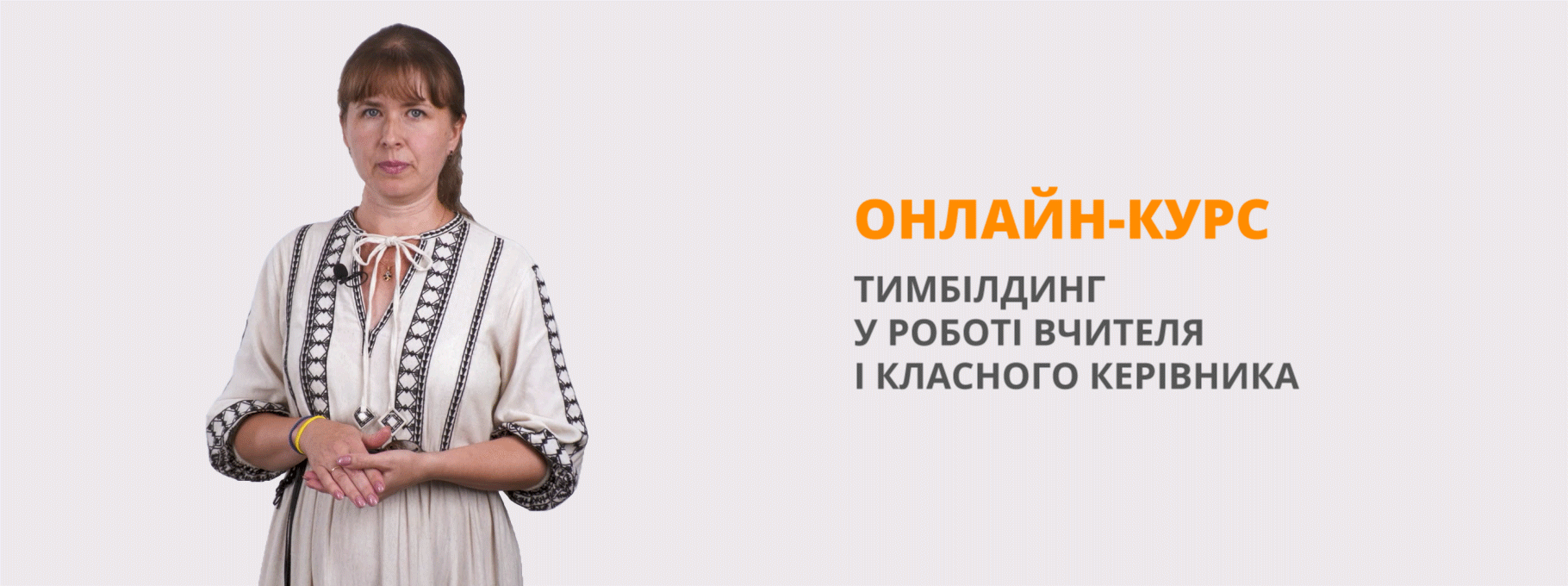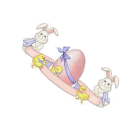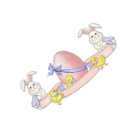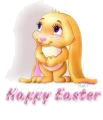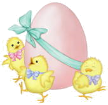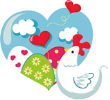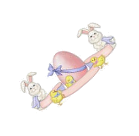Цікаві матеріали до уроку "Fun Easter Activities"
Наближаються Великодні свята і кожен вчитель прагне залучити учнів на уроці до цікавої навчальної діяльності на цю тематику. Якщо у вас немає гарних матеріалів, моя доробка стане вам у нагоді, залишається тільки роздрукувати їх і використовувати як на уроці, так і в позаурочний час, адже ігри, вікторини, кросворди та інше не залишать байдужим нікого.


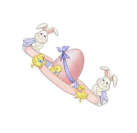

- A moveable feast
- Passover.
- Sunday.
- Good Friday.
- That Jesus was resurrected.
- The rabbit.
- April 8th.
- Holy week.
- It’s a time of fasting
- It’s the last day before Lent.
- They are decorated.
- 40.
- Egg hunt.
- Basket.
- Pancakes.
Read the story below and answer the questions.

An Easter Story
Marsha’s favourite time of the year is spring and her favourite holiday is Easter. Marsha loves to paint eggs for Easter. She usually paints the eggs different colors like red, green, blue, pink and purple. She doesn't like yellow or orange so she never paints her Easter eggs, yellow or orange.
Marsha also likes putting the eggs in the garden so her sister, Tina, can find them. After Tina finds the eggs, the sisters eat the special chocolate bunnies that the Easter Bunny leaves for them each year. Tina always gets a white chocolate rabbit because she is allergic to chocolate. Marsha thinks white chocolate is delicious and believes her sister is very lucky.

True or False
1. Marsha likes spring.
2. Marsha's favourite holiday isn't Easter.
3. She always paints her Easter eggs, yellow, blue and pink.
4. Marsha puts the eggs in the living room.
5. Her sister's name is Tina.
6. Santa Claus always brings the girls chocolate Easter bunnies.
7. Marsha always receives a white chocolate rabbit.
8. Marsha´s sister is allergic to chocolate.
Answer the questions.
- What's Marsha’s favorite holiday?
- What colors does Marsha dislike?
- Where does Marsha put the Easter eggs?
- What is Marsha is sister's name?
- Does Marsha think white chocolate is good?
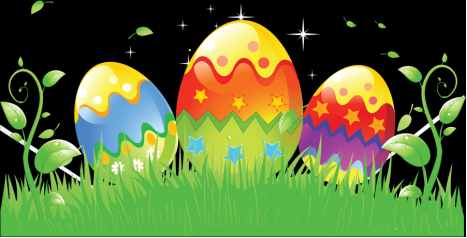
Easter
Easter Bunny Soft and White
Easter bunny soft and white,
Hopping quickly out of sight.
Thank you for the eggs you bring
At Easter time to welcome spring.
Yellow eggs and blue and red,
In the grass and flower bed.
We will hunt them everywhere;
Is it really you who put them there?
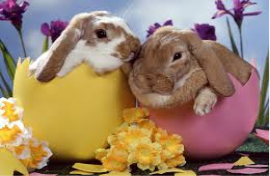
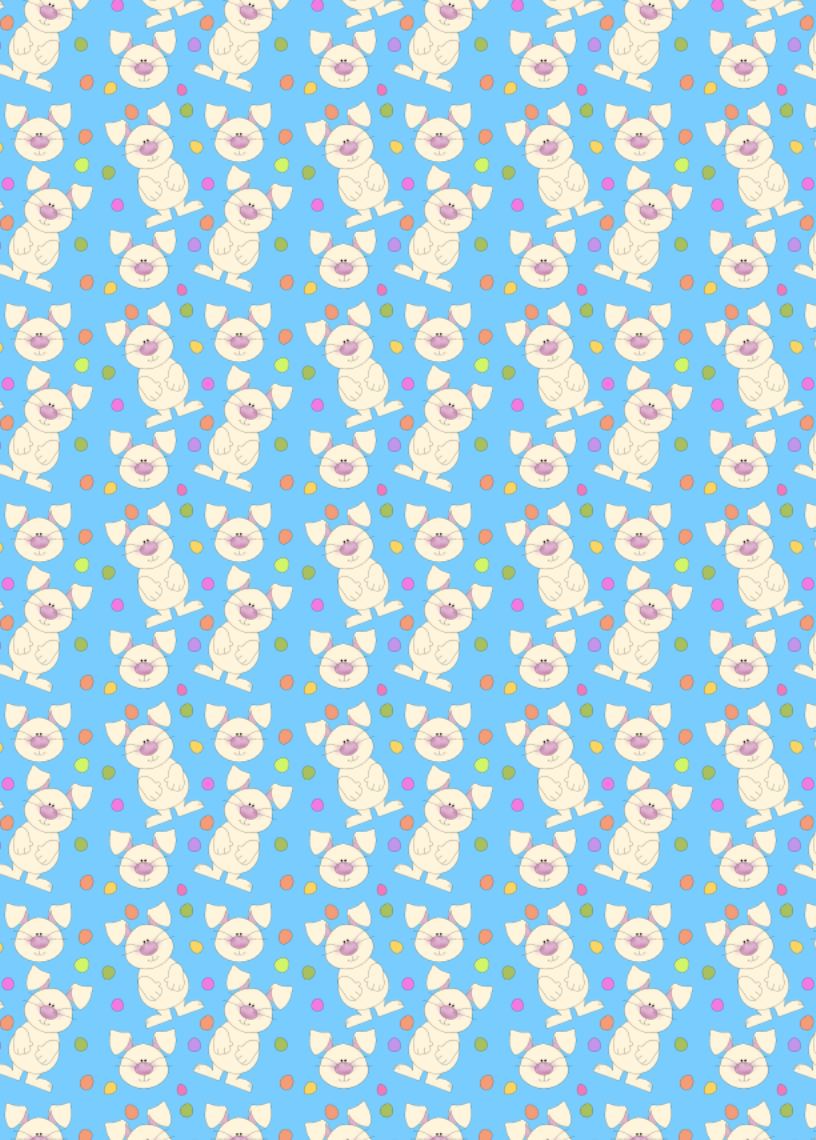
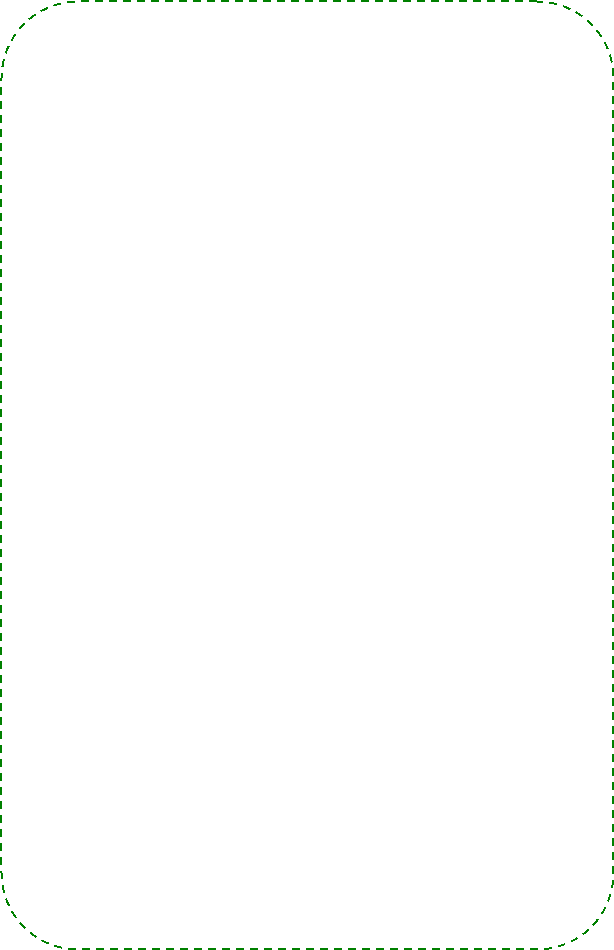
Complete the poem using the following words:
|
we |
said |
nest |
four |
sand |
|||
|
bush |
day |
tree |
so |
||||
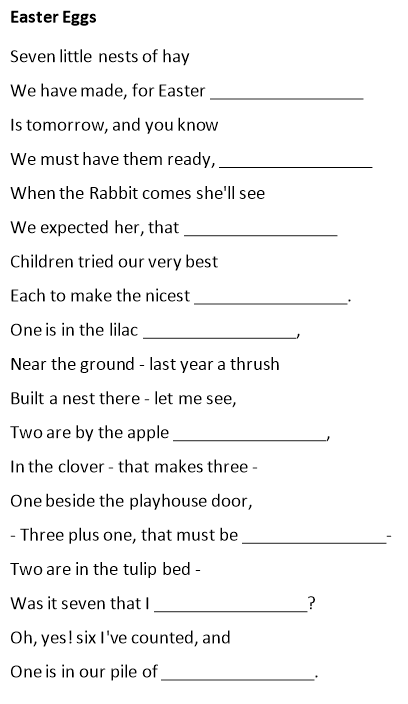






KEY
Easter Eggs
Seven little nests of hay
We have made, for Easter day
Is tomorrow, and you know
We must have them ready, so
When the Rabbit comes she'll see
We expected her, that we
Children tried our very best
Each to make the nicest nest.
One is in the lilac bush,
Near the ground - last year a thrush
Built a nest there - let me see,
Two are by the apple tree,
In the clover - that makes three -
One beside the playhouse door,
- Three plus one, that must be four -
Two are in the tulip bed -
Was it seven that I said?
Oh, yes! six I've counted, and
One is in our pile of sand.
![C:\Users\Kata\AppData\Local\Microsoft\Windows\Temporary Internet Files\Content.IE5\R2SQXFL1\MC900238235[1].wmf](/uploads/files/16032/20023/20293_html/images/20023.052.png)
Easter
1. From the History of Easter
Today Easter is one of the most beautiful religious holidays. People celebrate it according to their beliefs and their religious denominations. Christians commemorate Good Friday as the day when Jesus Christ died and Easter Sunday as the day when he was resurrected.
The celebration takes its name and many of its customs and symbols from a pagan festival called Eostre. Eostre was the Anglo-Saxon goddess of spring who got her name from the word “east”, where the sun rises. Every spring northern European peoples celebrated the festival of Eostre to greet the coming of new life in nature. Later Christians related the rising of the sun to the resurrection of Jesus and their own spiritual rebirth.
It might surprise you to learn how many modern Easter symbols come from pagan times. The egg, for example, was a fertility symbols long before the Christian era. The ancient Persians, Greeks and Chinese exchanged eggs at their spring festivals. In Christian times the egg took on a new meaning, symbolising the tomb from which Christ rose. Why the ancient people decorated eggs is not quite clear. But this custom is still very popular at Easter time.
The Easter bunny is also a pre-Christian fertility symbol. The rabbit was the most fertile animal our ancestors knew, so they selected it as a symbol of new life. Today on Easter Sunday, children wake up to find that the Easter Bunny has left them baskets of sweets. He has also hidden the eggs that they decorated earlier that week. Children look for the eggs all around the house.
2. Easter in Ukraine
Easter is one of the most important holidays of the year. Easter egg is called pysanka. Pysanka shells have been found in archaeological sites from more than 3000 years ago, and many of those designs are still being used on pysanka today. Preparation for Easter starts seven weeks ahead of time with the advent of Lent. Believers don’t eat meat and animal products. Palm Sunday, the week before Easter, is known in Ukraine as Willow Sunday. People bring home willow branches which have been blessed in church. The week is dedicated to preparing for Easter. The Thursday before Easter is called Clean Thursday. According to Ukrainian tradition one should bathe before sunrise on this day. Good Friday is the day that the women of the family bake “paska”, Ukrainian Easter bread. On Easter Sunday the religious people go to church and listen to the service; usually they bring with them baskets with food – Easter cakes, butter, cheese and, of course, painted eggs. The priest in the church consecrates all the food: many people believe that Easter eggs possess magic power and can protect from evil, thunder or fire and have healing power. After the end of the service, the people greet each other with the words: “Christ has resurrected!” and return home.
3. Easter in Great Britain
Easter is a very popular holiday in Great Britain. At Easter the British celebrate the idea of the new birth by giving each other chocolate Easter eggs (which are opened and eaten on Easter Sunday), for the Easter Bonnet Parade and hot cross buns (on Good Friday bakers sell hot cross buns). Emblems of Easter are also fluffy chicks, baby rabbits, daffodils, catkins, and lily. Easter Monday is a holiday and many people travel to the seaside for the day or go and watch one of the many sporting events. Egg-rolling is a traditional Easter pastime which is still popular in Northern England, Scotland, Wales and Isle of Man. It takes place on Easter Sunday or Monday, and consists of rolling coloured, hard-boiled eggs down a slope until they are cracked and broken after which the players eat them. In some parts of Britain the competitions take place and the winner is a player whose egg remains longest undamaged, but usually the fun is just rolling and eating.
4. Easter in the USA
Easter is a religious holiday. It comes on a Sunday between March 22 and April 25. The students have a week of spring vacations. There is Easter Parade tradition in New York. There is a tradition of decoration eggs and preparing candy eggs with Easter Rabbit for children. In Washington, the President opens the grounds to the White House so that children may roll Easter Eggs on the lawn. (In the USA in the early 19th century, Dolly Madison, the wife of the fourth American President, organized an egg roll in Washington D. C. She had been told that Egyptian children used to roll eggs against the pyramids so she invited the children of Washington to roll hard-boiled eggs down the hilly lawn of the new Capitol building! The custom continued except for the years during the Civil War. In 1880 the First Lady invited children to the White House for the Egg Roll because officials had complained that they were ruining the Capitol lawn. It has been held there ever since then, only cancelled during times of war. The events have grown, and today Easter Monday is the only day of the year when tourists are allowed to wander over the White House lawn. The wife of the President sponsors it for the children of the entire country. The egg rolling event is open to children 12 years old and under. Adults are allowed only when accompanied for children!)
![C:\Users\Kata\AppData\Local\Microsoft\Windows\Temporary Internet Files\Content.IE5\R2SQXFL1\dglxasset[1].aspx](/uploads/files/16032/20023/20293_html/images/20023.053.png)
-
Дуже цікаві матеріали для використання на уроках


про публікацію авторської розробки
Додати розробку
